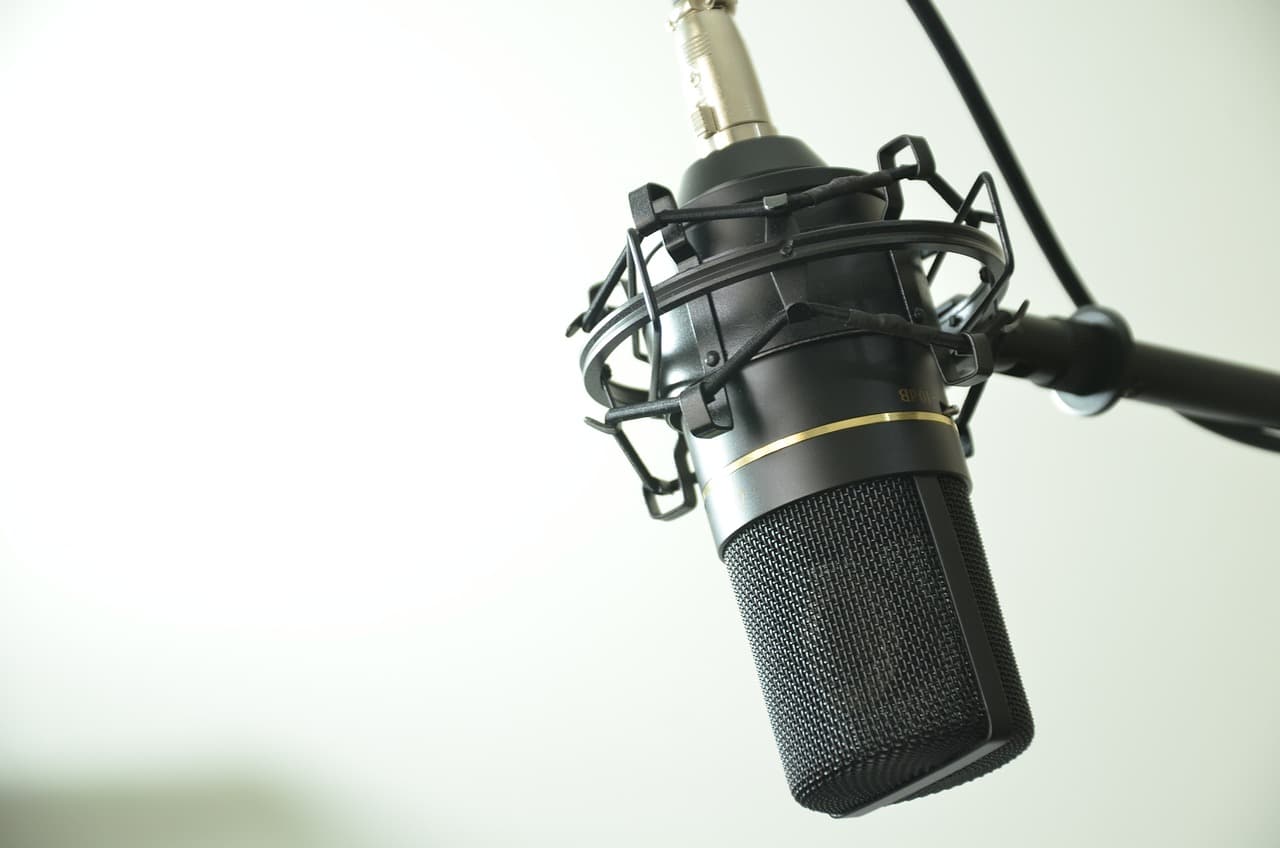
Directionality is the quality of that which can be directed or oriented in a direction.
Directionality is the quality of that which is directional; That is, it can be oriented or directed in a direction. The concept that is associated with the idea of direction (the path that a body takes when moving, the tendency towards a certain goal or the guide that allows someone or something to be directed).
The basis of the term directionality, then, is direction, a word that comes from the union in Latin of three very clearly differentiated parts. In this way, we can say that the root of the term in question is formed from the union of the prefix di- which means "multiple divergence ", the verb regere which is synonymous with "to rule" and the suffix -ción which is the action or the effect of something.
Directionality in writing
Although there are many elements that are characterized by this quality, one of the most studied forms of directionality is that which occurs in writing . And it is important that, from a young age, people are taught to correctly direct spelling.
Precisely in this sense, graphologists, who are in charge of studying the particularities of an individual's handwriting to determine their psychological qualities, put a lot of interest and dedication in analyzing its directionality. And it can give them very exact clues to discover the identity of that person.

Directionality is an important characteristic of microphones.
The concept in communication
In addition to all this, it must also be established that we also talk about directionality to talk about what communication is.
Thus, for example, it is usually said that a communication is when there is both a sender and a receiver using the same channel and they transmit messages not at the same time but first one and then the other. An example of this type of communication is that which occurs through the use of walkie talkies.
Microphone directionality
The concept of directionality is widely used in relation to microphones , which are devices that allow sound waves to be amplified. In this way, we can find the variable direction microphone , whose potentiometer is what makes the choice of direction possible.
These microphones can be omnidirectional , bidirectional , cardioid , supercardioid , or hypercardioid .
Omnidirectional microphones are able to capture any sound beyond the direction from which it comes, as they constantly maintain their sensitive response capacity.
The bidirectional microphone , on the other hand, can only capture the sound waves that it receives on its front and on its back side. This means that the sounds that reach it from the sides are not registered.
Cardioid microphones , on the other hand, are unidirectional microphones that have a better response to the waves captured by their forehead, thanks to the shape of their diaphragm .
The supercardioid microphone has a lower recording angle than cardioid microphones, something that acts as a kind of filter against ambient noises.
Finally, a hypercardioid microphone is similar to the cardioid device although, since its front lobe is narrower and its back side is less sensitive, it provides an altered response compared to the other type of device.
